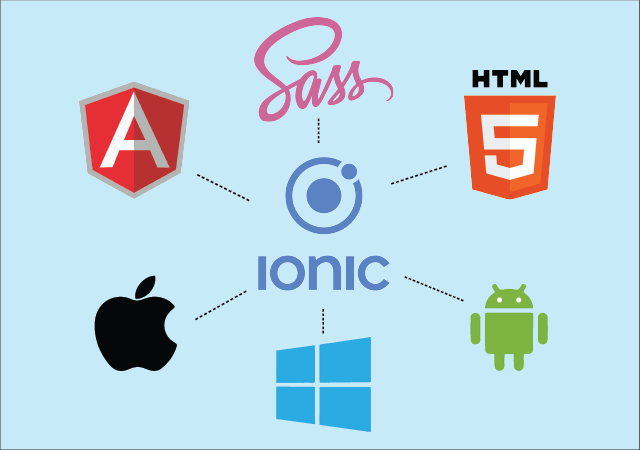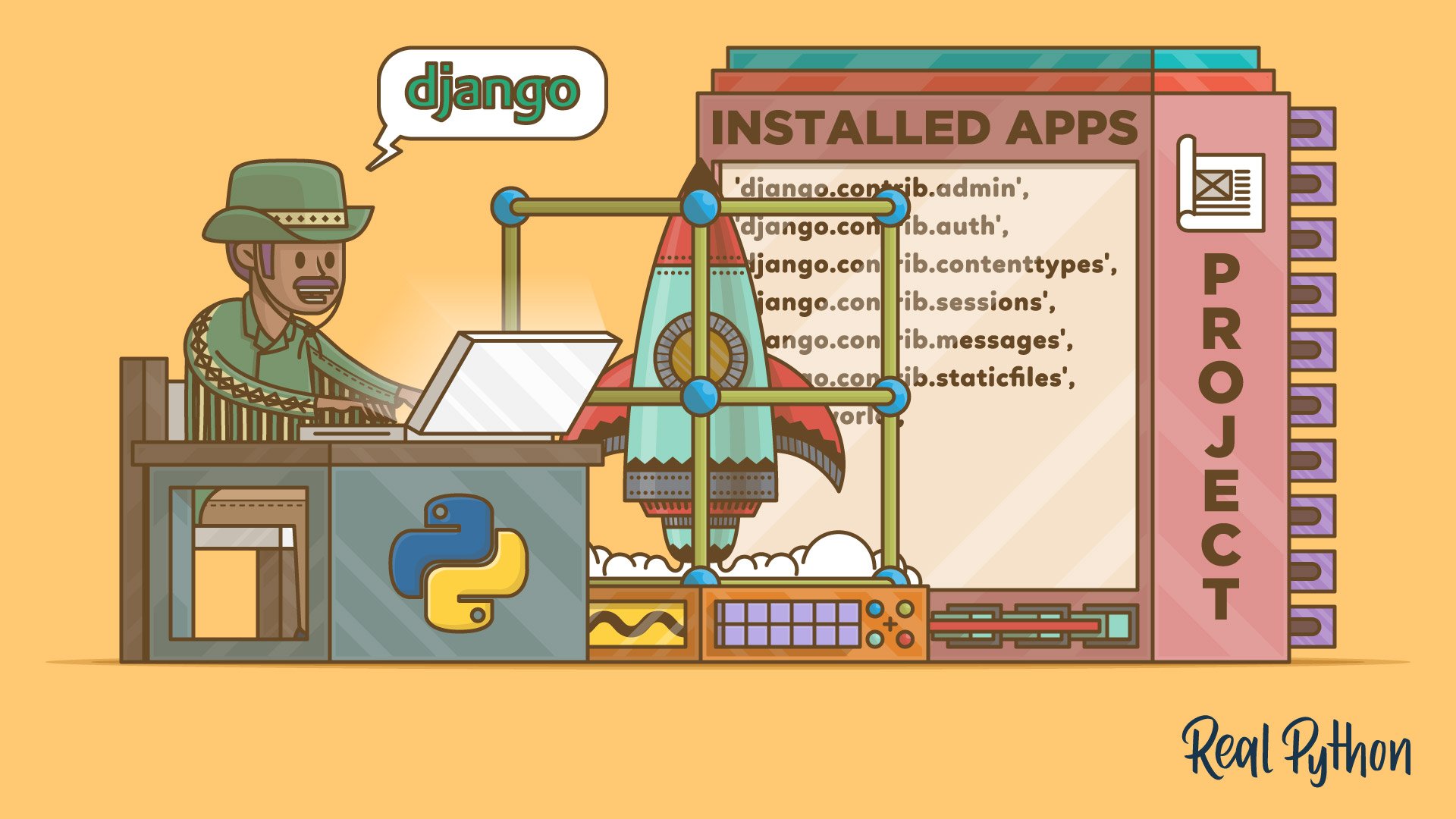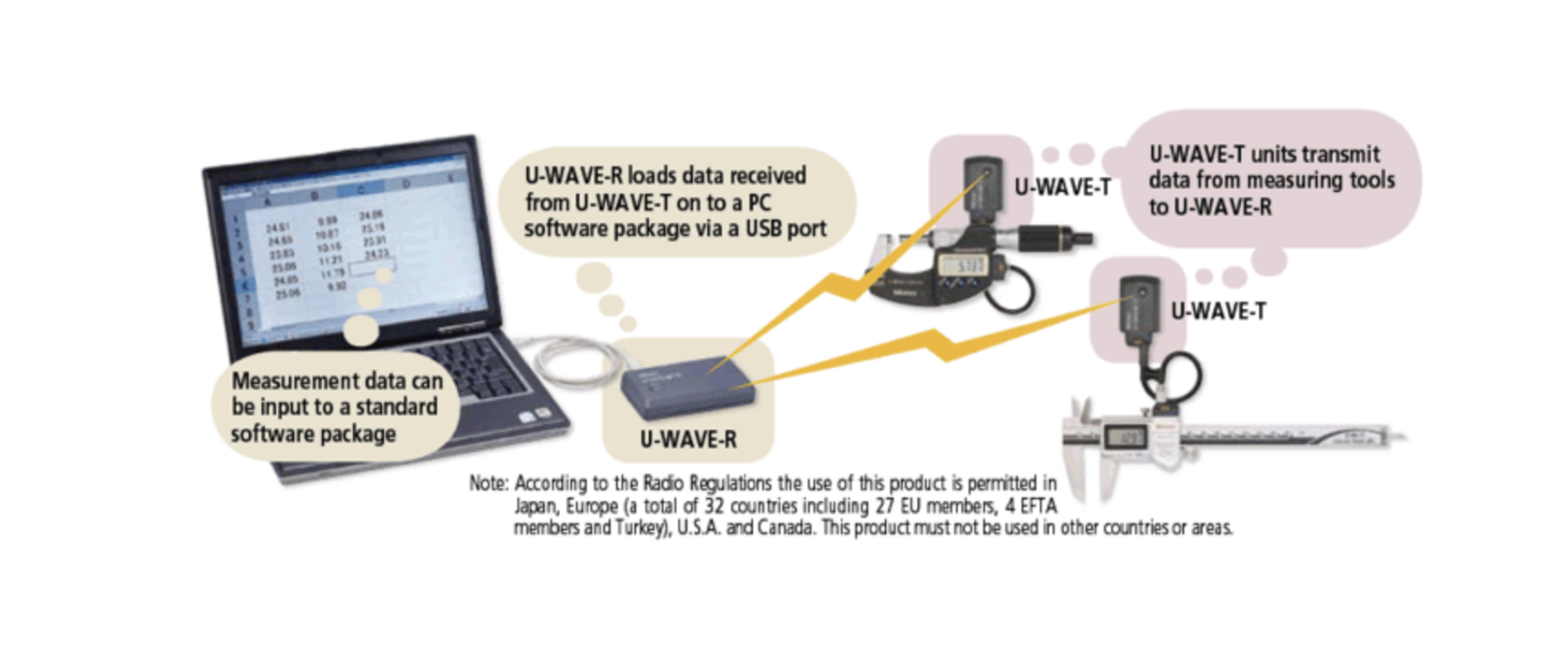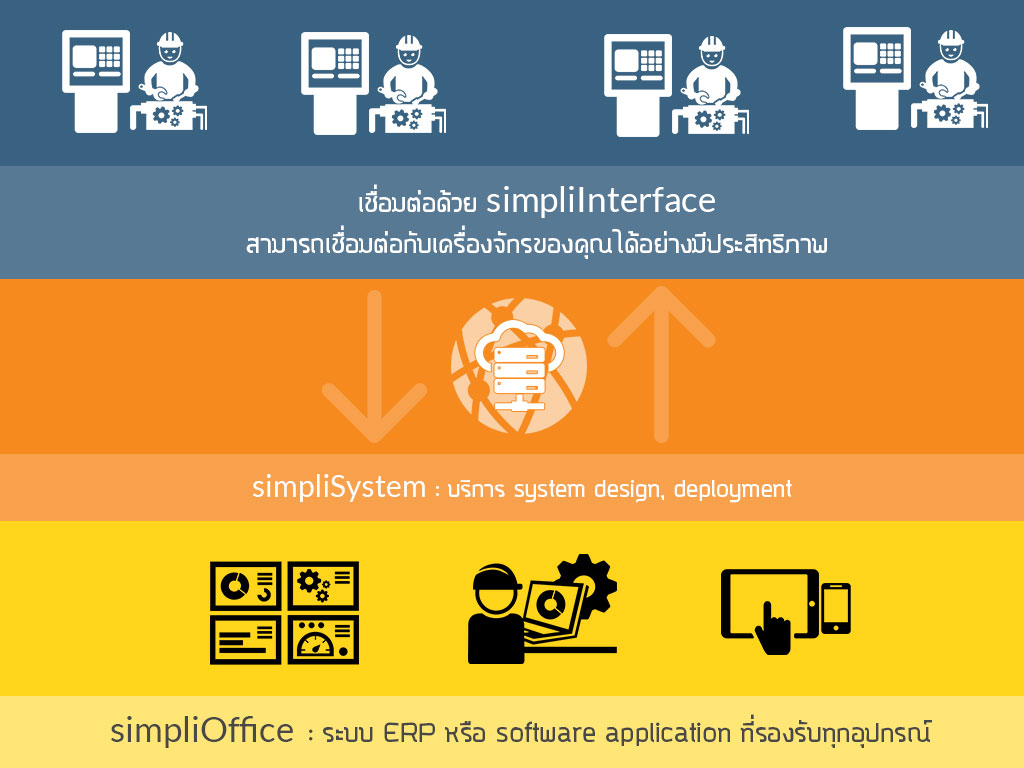วิธีการออกแบบเพื่อลดการซับซ้อนของ software
ควรออกแบบให้เป็น Layer และ แต่ละ Layer ควรกำหนดจุดประสงค์ให้ชัดเจน
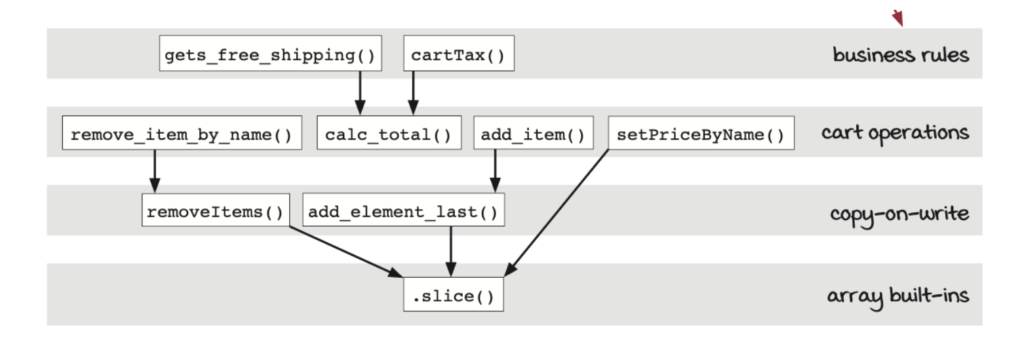
ภาพจากหนังสือ https://www.amazon.com/Grokking-Simplicity-software-functional-thinking/dp/1617296201
จากภาพด้านบนเราควรจะกำหนดวัตถุประสงค์ของแต่ละ layer ให้ชัดเจน และ call graph ก็ไม่ควรจะยุ่งเหยิง หรือมีลูกศรที่ข้าม layer และใน layer เดียวกันก็ไม่ควรจะมีที่เรียกกันเอง ( ถ้า function นั้นๆ เรียก function ใน layer เดียวกัน function นั้นก็ต้องอยู่บน layer ที่สูงกว่า )
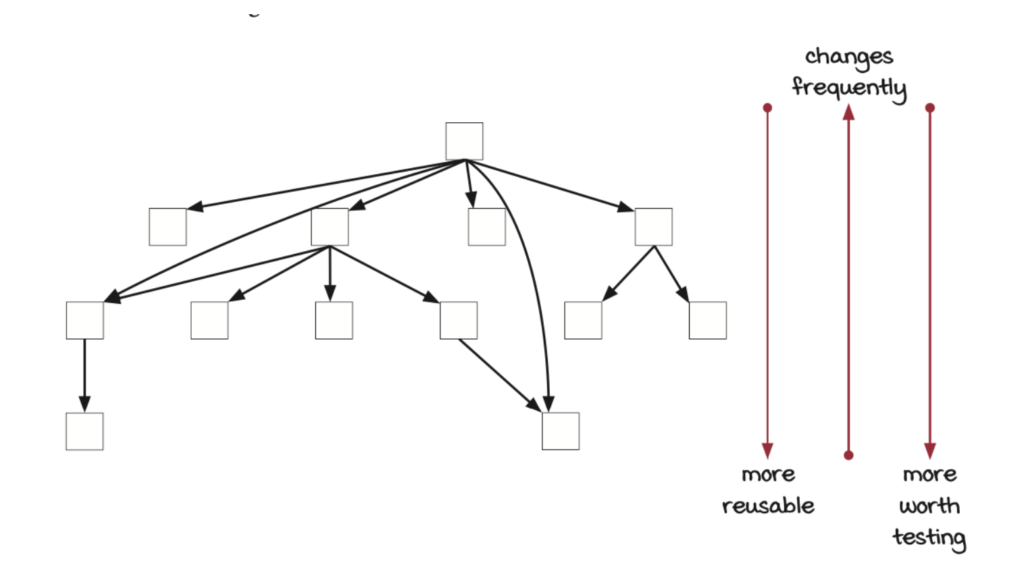
Layer ที่อยู่ต่ำ คือ layer ที่เรียกใช้ function library ของภาษา หรือ system call ของ os ส่วน function ที่อยู่ชั้นบน คือ business domain layer ซึ่ง layer ที่อยู่ด้านบนถัดไปของ business domain layer ไม่สมควรที่จะรับรู้ data structure
Function ที่อยู่ layer บนมันจะเป็น function ที่มีการเปลี่ยนแปลงบ่อย มากกว่า function ที่อยู่ layer ต่ำกว่า
Function ที่อยู่ layer ด้านล่าง จะถูกใช้งานในหลายๆ function ที่อยู่ใน layer ที่สูงกว่า
Function ที่คุ้มค่าสำหรับ testing คือ function ที่อยุ่ใน layer ล่างๆ เพราะ เป็น function ที่ถูกเรียกใช้บ่อยจาก function ที่อยู่ใน layer ที่สูงกว่า
Get in Touch with us
Related Posts
- 她的世界
- Her World
- Temporal × 本地大模型 × Robot Framework 面向中国企业的可靠业务自动化架构实践
- Building Reliable Office Automation with Temporal, Local LLMs, and Robot Framework
- RPA + AI: 为什么没有“智能”的自动化一定失败, 而没有“治理”的智能同样不可落地
- RPA + AI: Why Automation Fails Without Intelligence — and Intelligence Fails Without Control
- Simulating Border Conflict and Proxy War
- 先解决“检索与访问”问题 重塑高校图书馆战略价值的最快路径
- Fix Discovery & Access First: The Fastest Way to Restore the University Library’s Strategic Value
- 我们正在开发一个连接工厂与再生资源企业的废料交易平台
- We’re Building a Better Way for Factories and Recyclers to Trade Scrap
- 如何使用 Python 开发 MES(制造执行系统) —— 面向中国制造企业的实用指南
- How to Develop a Manufacturing Execution System (MES) with Python
- MES、ERP 与 SCADA 的区别与边界 —— 制造业系统角色与连接关系详解
- MES vs ERP vs SCADA: Roles and Boundaries Explained
- 为什么学习软件开发如此“痛苦” ——以及真正有效的解决方法
- Why Learning Software Development Feels So Painful — and How to Fix It
- 企业最终会选择哪种 AI:GPT 风格,还是 Gemini 风格?
- What Enterprises Will Choose: GPT-Style AI or Gemini-Style AI?
- GPT-5.2 在哪些真实业务场景中明显优于 GPT-5.1






